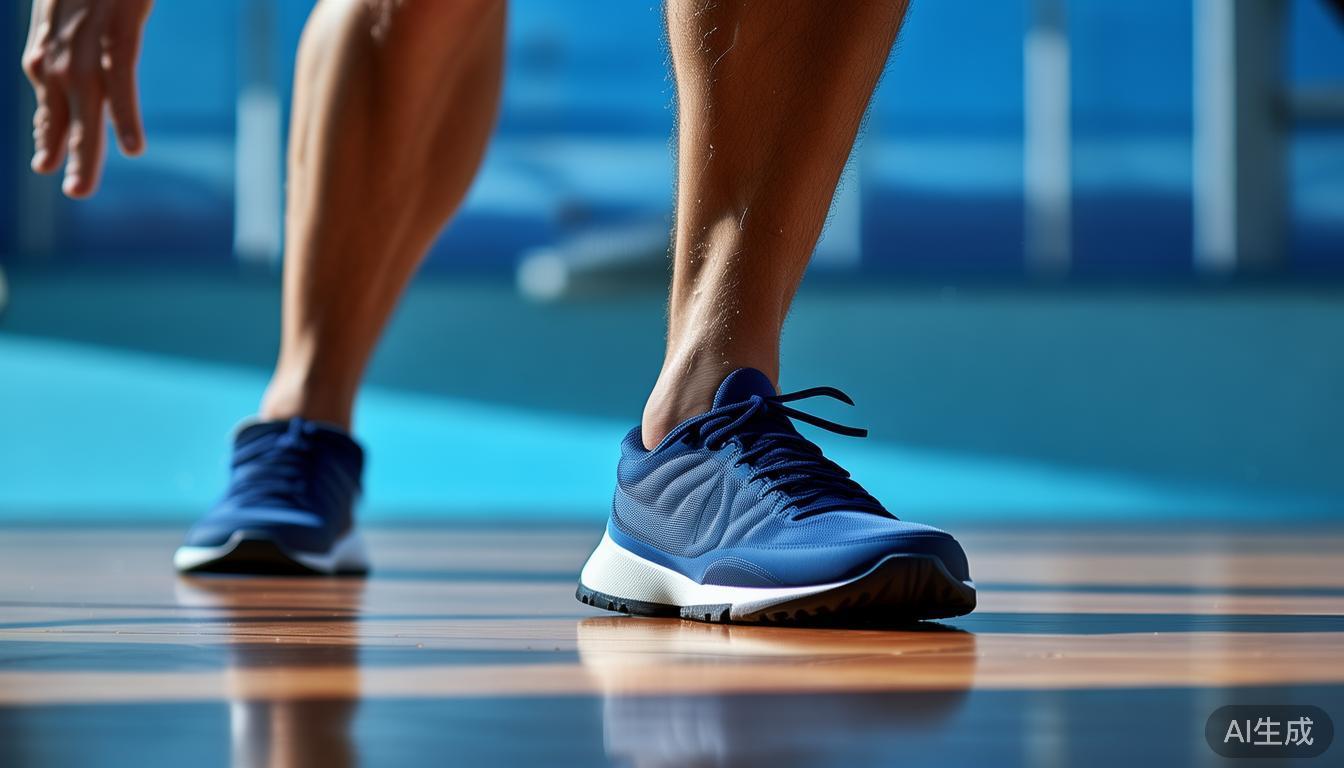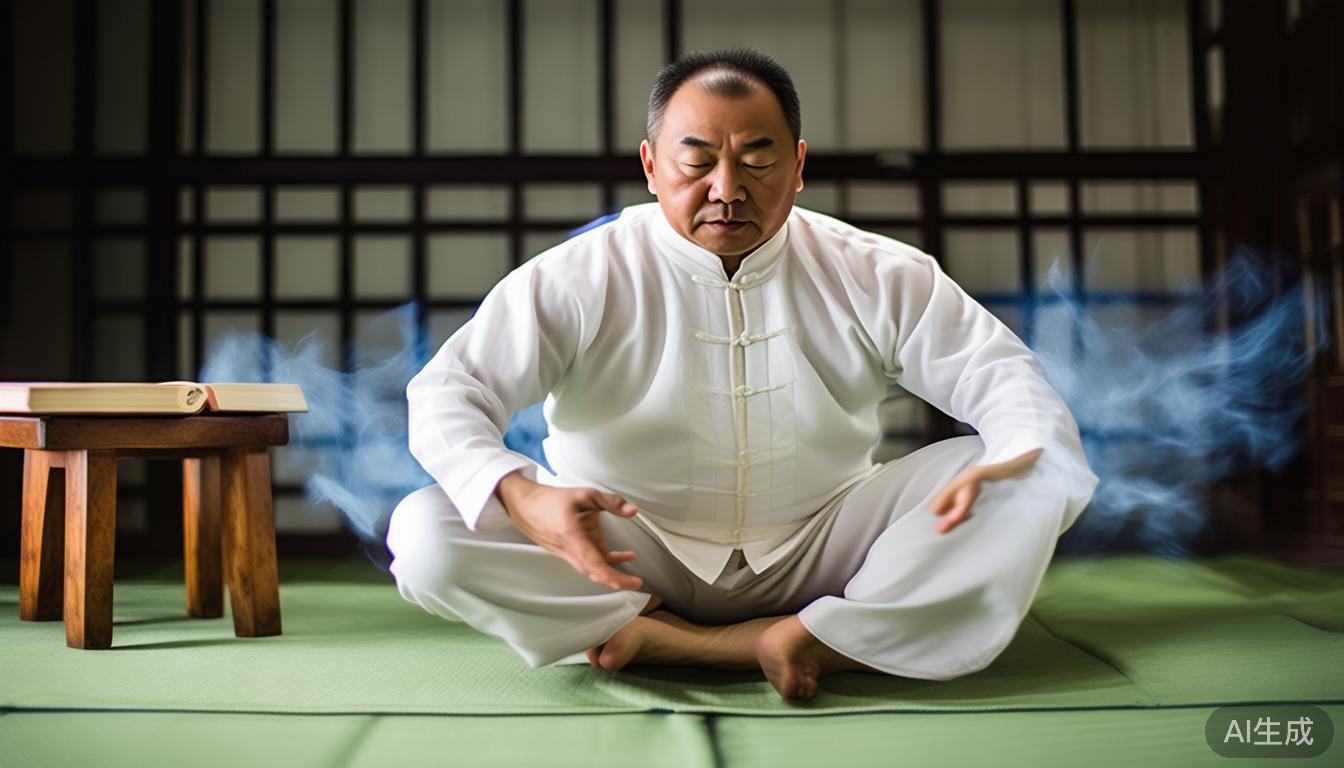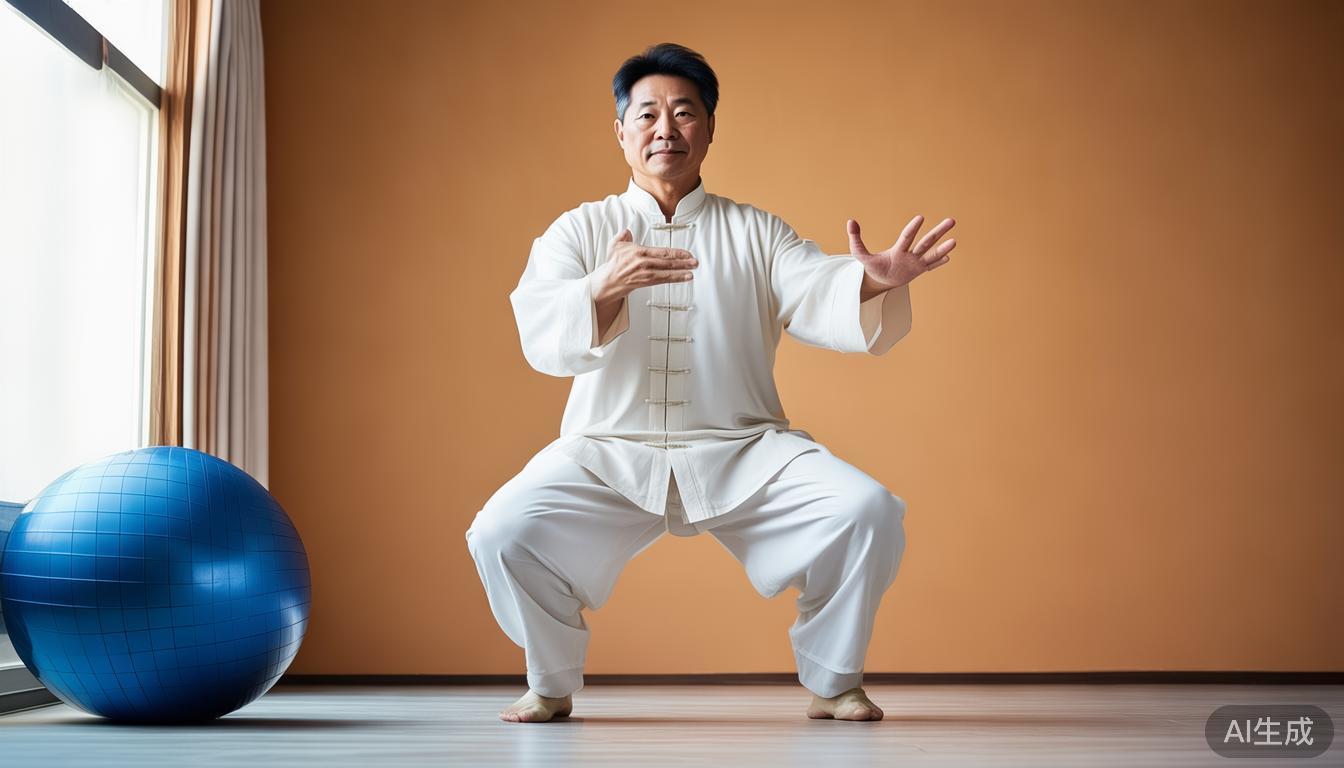Tai chi has long been lauded as an effective practice for alleviating joint pain. As someone well – versed in the world of tai chi,I firmly believe it offers tremendous relief and benefits to those struggle with joint issues.
Gentle Movements
Tai chi's gentle tai chi for joint pain ,flowing movements are a boon for joint pain sufferers. Unlike high – impact exercises that can put stress on joints Tai Chi Classes Online , these slow and controlled motions promote joint flexibility. For instance, the circular hand and arm movements in tai chi mimic the natural range of motion of our joints. When I see people with knee pain performing these moves, it's heartening to note how they gradually regain better knee mobility.
The weight – shifting steps in tai chi also help. They evenly distribute the body's weight, reducing the pressure on specific joints. I've witnessed individuals with hip joint pain find relief as they learn to shift their weight smoothly from one foot to another over time.
Improved Balance
Balance is often affected when dealing with joint pain. Tai chi focuses significantly on balance training. Through postures like the 'Single Whip', where one leg is slightly lifted and the body is in a balanced Stance, practicers can enhance their stability. People with ankle joint problems have reported feeling more confident on their feet after consistent practice.
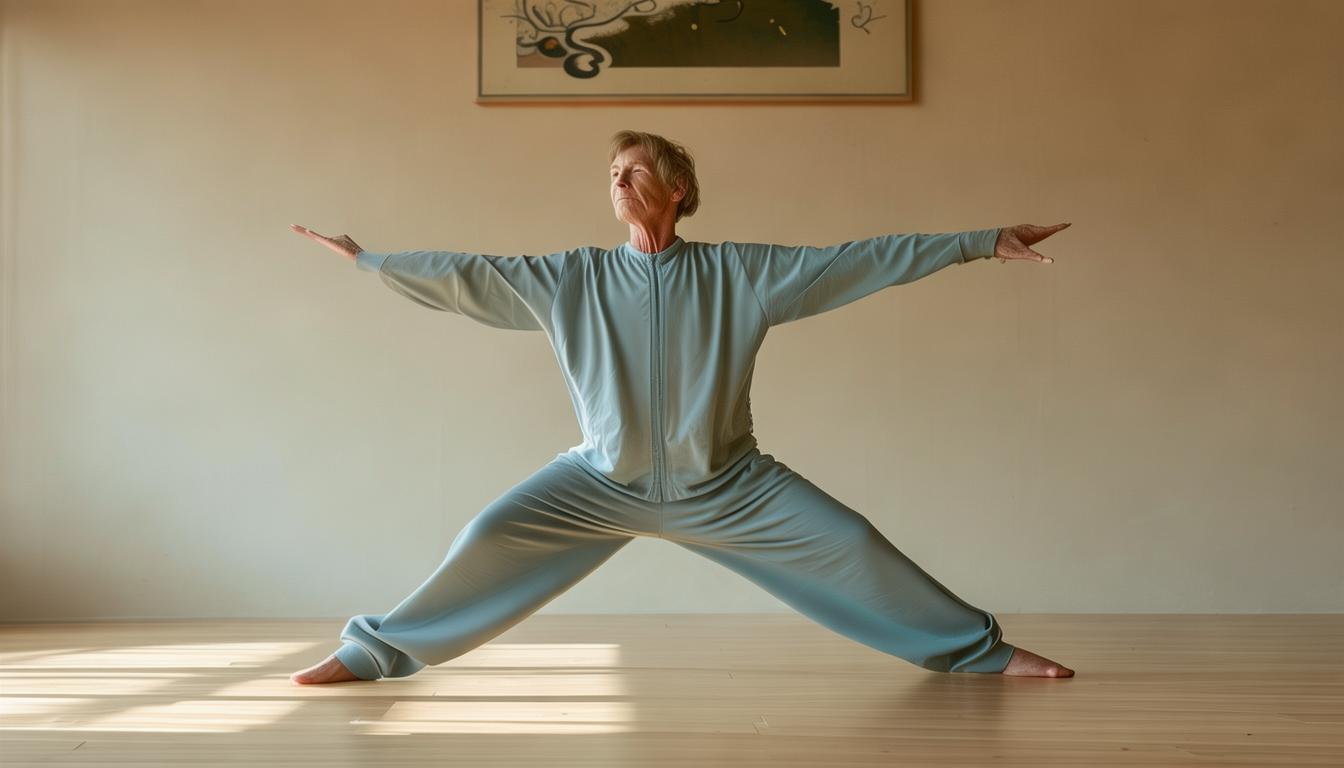
Good balance not only reduces the risk of falls but also eases the stress on joints. When we're off – balance, our joints can take on extra force. With tai chi, patients can maintain a proper alignment, which is cruel for joint health and pain reduction.
Stress Reduction
Stress can exacerbate joint pain. Tai chi has a meditative aspect that helps calm the mind. When we're stressed, our muscles tension up, putting additional strain on joints. By doing tai chi, we enter a state of relaxation. I remember chatting with a patient who had arthritis in her hands. She told me that after a tai chi session, the stress – induced tightness in her hands was significantly reduced.
The slow and focused breathing in tai chi also aids in relaxation. This deep breathing technique reduces cortisol levels in the body, which is beneficial for overall stress management and indirectly helps in alleviating joint disappoint.
Better Muscle Strength
Strengthing the muscles around joints is essential for joint pain relief. Tai chi exercises engage multiple muscle groups. For example, the squat – like positions in tai chi work the quadriceps and hamstrings. Stronger thigh muscles can offer better support to the knee joint, eg, for people with osteoarthritis in the knees.
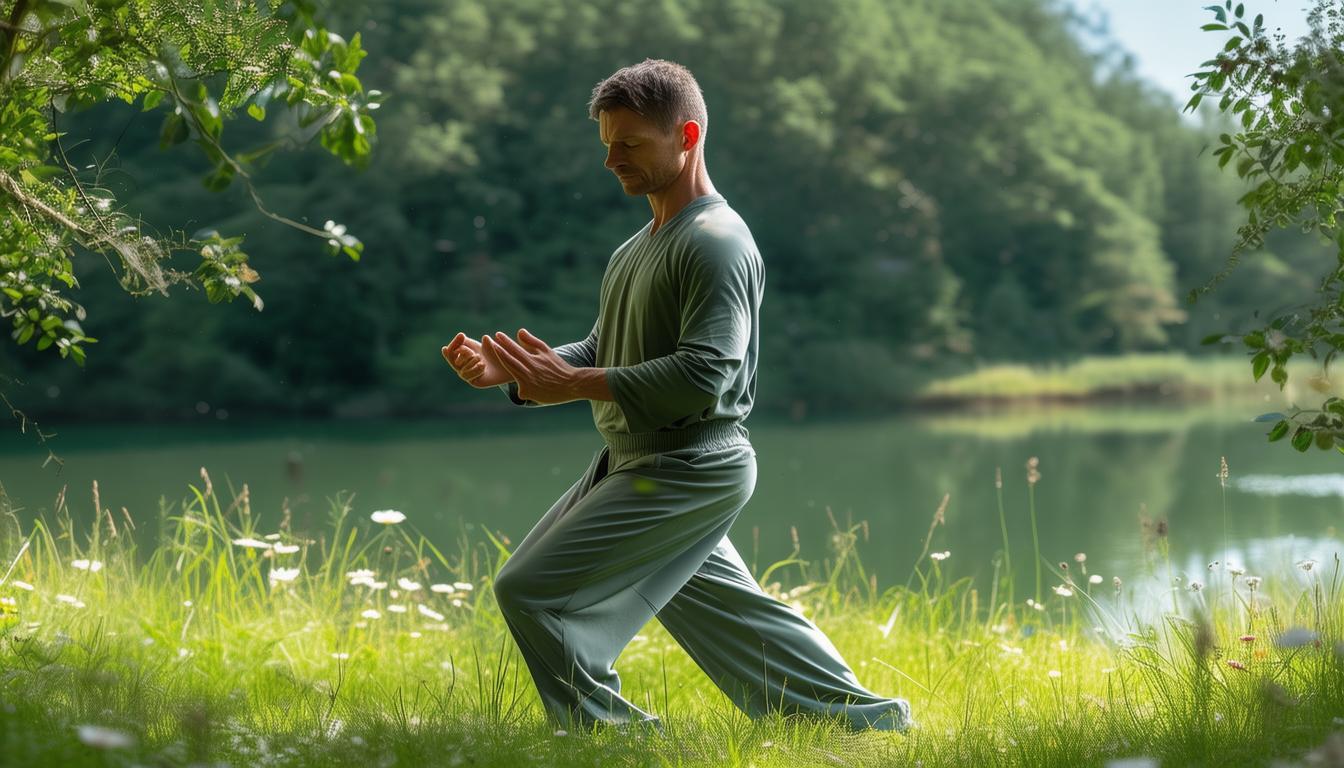
The movements also strengthen the core muscles. A strong core provides better stability for the entire body, especially the spine and pelvic area. I've had many patients share their experiences of reduced lower back joint pain as their core muscles became more robust through tai chi.
Enhanced Circulation
Tai chi promotes blood circulation throughout the body. The continuous movement stimulates blood vessels to deliver more oxygen and nutrients to the joints. For those with hand joint pain, improved blood flow can be like a breath of fresh air for the affected tissues.
Better circuit also helps in removing inflammation substances from the joints. I once talked to an old man with swollen elbow joints, who said that after starting tai chi,he noticed a reduction in swelling and pain Tai Chi And Diabetes Courses Online , likely due to improved circulation.
Have you or someone you know tried tai chi for joint pain ? Share your experiences and let's start a discussion!



